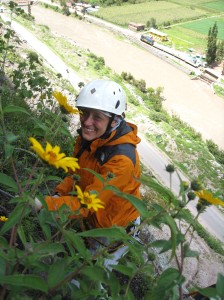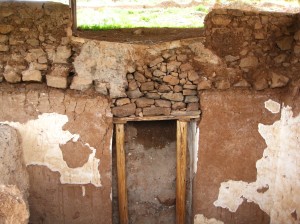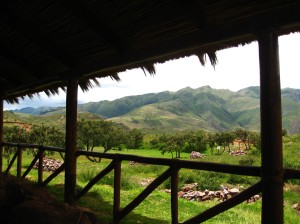Latin America is an adrenaline junky’s paradise. 🙂 Today I spent 8 hours rock climbing, zip lining, and rappelling. First we spent three hours climbing 1,312 feet to breathtaking views. From there we had 1.25 miles of screaming ziplines, followed by a 328 foot rappel.
Our beast of a mountain
.
Rock Climbing
.
.
.
.
.
.
.
.
.
.
.
.
.
.
.
.
Zip lining
There were three ziplines we went through. The first one I thought I was going to pee my pants. The second one was super long and I didn’t weigh enough for me to be able to make it all the way across without getting stuck, so I had to be strapped to our guide and go with him. He did all the work controlling speed and breaking, which allowed me to enjoy the amazing views as we flew by. The third one I didn’t slow down my speed in time and ended up slamming into the rubber break at the end. Whoops.
.
.
.
.
.
.
.
.
.
.
.
.
.
.
Rappelling
The third and final part of the adventure was rappelling 328 feet off the side of the cliff.
































